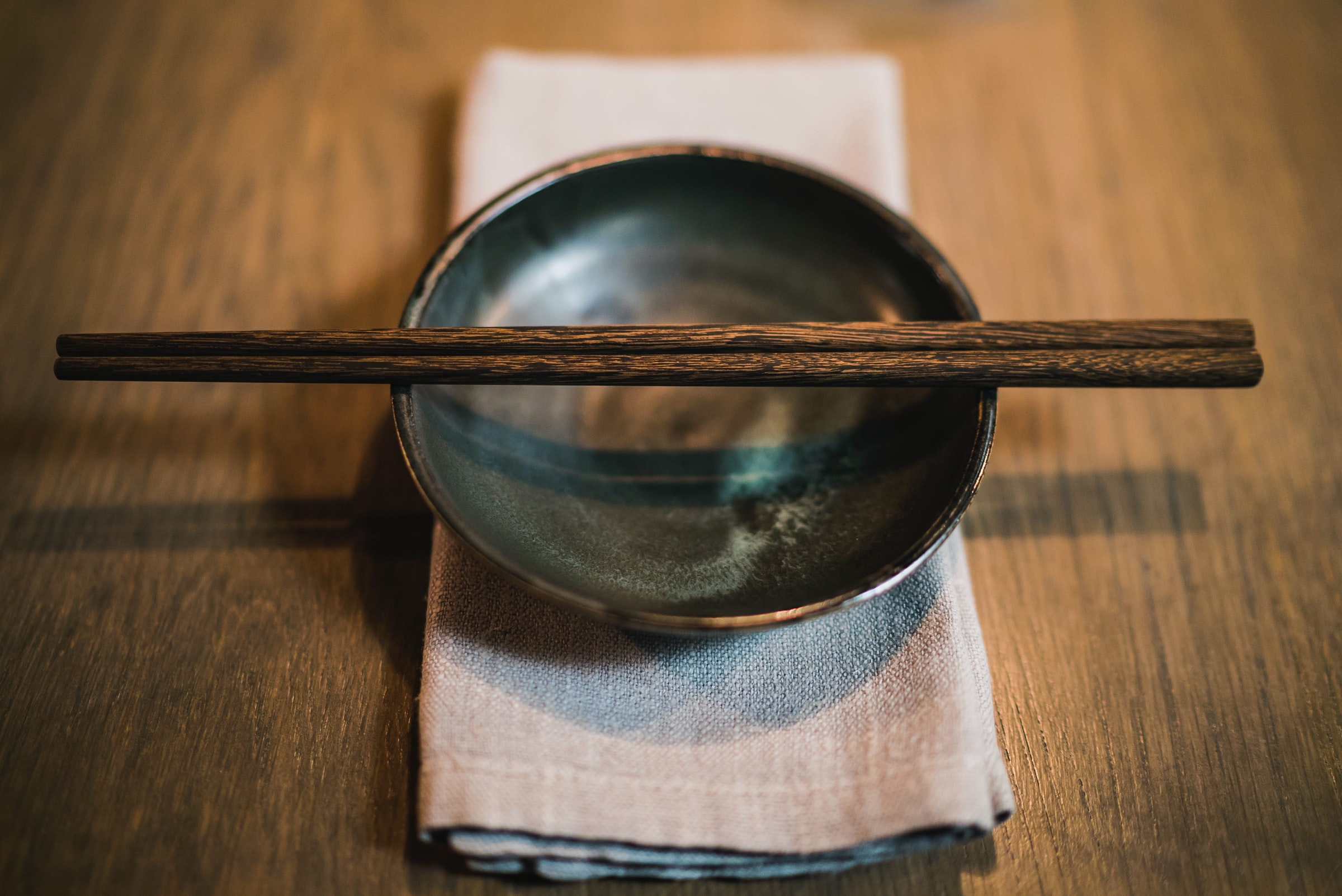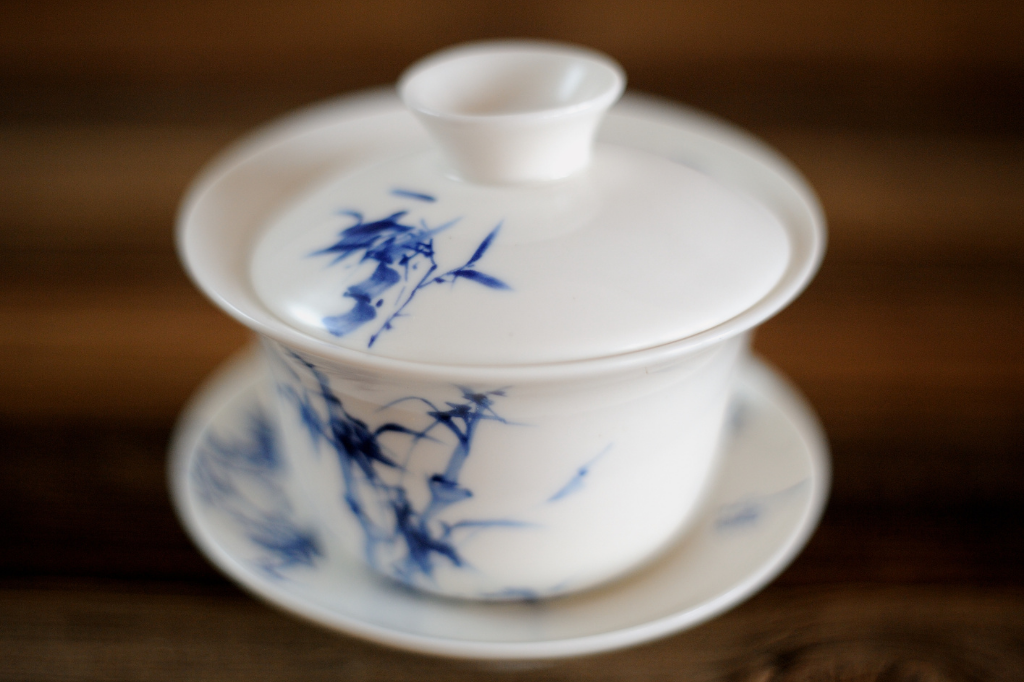When thinking of the best-known Chinese eating habit, what comes to mind? Right, the use of chopsticks! The popularity of Chinese food and Japanese sushi has brought chopsticks to the Western world. However, eating with sticks instead of a spoon, knife, and fork isn’t as easy. This article will tell you exactly how to become a pro.
Tea and chopsticks; not such a weird combination
But first; let’s start off with a fun fact! In ancient China chopsticks were never meant for eating, it was meant for drinking tea. Back then, tea leaves were cooked with other kinds of leaves and grains into a paste-like soup, and the chopsticks were the tool to block the solid food while drinking. Today, some ethnic minorities in Yunnan province still practice this tea consumption method. Thanks to modern tea-making processes, this is no longer necessary, and for most people, the use evolved to how we know them now; to pick up the food.
Eating with chopsticks
First, let’s dive into the sticks. A standard pair of Chinese chopsticks should be round at the head and square at the end. These forms stand for the “round sky and square earth” that the Chinese believed in ancient time. But regardless of the shapes of the chopsticks, the skill needed to master a pair of chopsticks doesn’t change.
Eating with chopsticks is the most authentic dining experience in China, and children are taught to use these from a very young age. For most people who grew up in the Western part of the world, this isn’t the case, which makes dining traditional China-style a difficult job. Although it seems simple, using them requires coordination of over 30 joints and 50 muscles.
The key to mastering chopsticks is to know the major supporting points of your hand and fingers. The first step is to take the first chopstick, clamp it in between the root of your thumb and index finger, and use your ring finger and little finger to hold it still. This chopstick and these three fingers should remain unmoved the whole time. Then, add the second one and hold it like you’re holding a pen, and move the index and middle finger like you are writing. The essence is to move the upper chopstick with these two fingers only and keeping the head of the two chopsticks at the same height at all times. Begin by picking up light and small objects like a crumpled tissue. As you advance in your skill, try to pick up food on the table. If you intend to become a master, try picking up beads or beans with your chopsticks. Remember: practice makes perfect!








